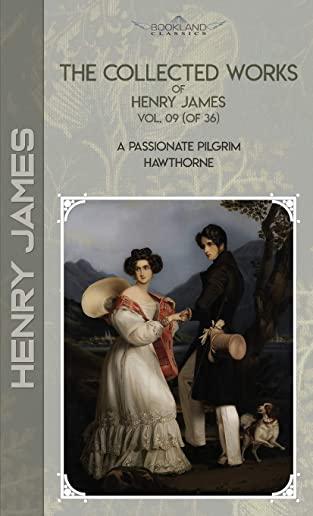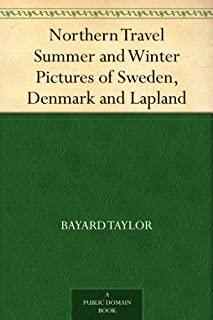
James, Henry
A Passionate Pilgrim is a novella by Henry James, first published in The Atlantic Monthly in 1871. The story was the earliest fiction that James included in the New York Edition (1907-09) of his works. Set in England, the tale shows James' strong interest in the contrast between the Old World and the New. In fact, the difference between America and Europe erupts into open conflict in the story, which leads to an ironic ending.
The narrator meets fellow American Clement Searle at an old-fashioned London inn. Searle has long wanted to settle in England to escape what he considers his arid life in America. But he is physically ailing, and he's also depressed because his lawyer cannot uphold his claim to a share in a country estate currently owned by Richard Searle, a distant relation. Clement and the narrator visit the estate, where they meet the ethereal Miss Searle, who supports Clement's cause.
They also meet Miss Searle's brother Richard, who is at first suspicious and then outright hostile and combative toward Clement. Upset by the conflict Clement and the narrator travel to Oxford, where they help a gentleman, Mr Rawson, down on his luck to travel to America. Clement is now very sick and sends for Miss Searle. She responds to his call and tells him that her brother has been thrown from a horse and killed. Clement might now have a real chance for a share of the estate, but the opportunity comes too late for him. He dies and is buried in the England which proved so inhospitable to him.
Hawthorne is a book of literary criticism by Henry James published in 1879. The book was an insightful study of James' great predecessor Nathaniel Hawthorne. James gave extended consideration to each of Hawthorne's novels and a selection of his short stories. He also reviewed Hawthorne's life and some of his nonfiction. The book became somewhat controversial for a famous section where James enumerated the items of novelistic interest he thought were absent from American life.
This is the only book-length study James wrote about a fellow novelist, and it is not surprising he picked Hawthorne for such extended treatment. The tradition Hawthorne began in American literature - the morally intense exploration of the universality of guilt and the ambiguities of human choice - was clearly carried on by James.
Although James expressed misgivings about some of Hawthorne's more extravagant symbolism and heavy reliance on allegory, he shared his predecessor's constant interest in moral quandaries, divided loyalties, and the inevitable conflicts between imaginative protagonists and intractable reality. James also shared Hawthorne's passion for careful craftmanship and thorough, unsparing analysis of character.
James' ranking of Hawthorne's novels, from The Scarlet Letter down to The Marble Faun, has generally been accepted by later critics. Although James, at least in his earlier work, was more of a consistent realist than Hawthorne, the later novelist's work always betrays the influence of his predecessor's tendency towards metaphorical expression. In James' final novels such as The Golden Bowl, this influence becomes even more pronounced in extended metaphor and complex symbolism.







